Physiognotrace
Tracing shadows as a shortcut to accurate pictorial representation stretches back to ancient times. I have already talked at length about Pliny the Elder and his account of the origin of painting, as well as the late 18th century fascination with this tale. Painters working in the 50 years straddling 1800, as part of a renewed interest in classical themes, depicted the Corinthian maid tracing her lover’s shadow as a mnemonic keepsake.
Almost precisely at the same time, a popular fascination with the silhouette* and methods to depict profile information formed in both Europe and America. The silhouette was cut, freehand, by an artist in front of the subject, sitting in profile, and was done within a few minutes. This dark cutout was then typically mounted to light paper, sometimes with a frame. Some examples:
More examples of the period can be found here.
The demand was so high for this economical art form, that in 1784 Gilles-Louis Chretien marketed a new device for the novice to produce silhouettes. He called it a Physiognotrace (sometimes spelled physionotrace), a portmanteau of “physiognomy” and “trace”**.
Others followed, most notably John Isaac Hawkins‘ version, marketed in America and of particular interest to Thomas Jefferson, here drawn by Charles Willson Peale as a preview of the new device:
Upon close inspection, although these machines arise directly out of the popularity of silhouettes, they do not actually employ shadows for drawing. They require the subject to sit between the artist and device (Hawkins) or the device sits between the artist and subject (Chretien) and a stylus or other physical element follows the subject’s contour. The pantograph arms translate the tracing to a drawing, displaced from directly behind the subject to a place easily seen by the artist. The use of a pantograph in Hawkins’ device allows scaling the subject to smaller-than-life drawings***.
Thomas Holloway, renowned British engraver, is among the first to devise a mechanism to draw profiles with a shadow. Contemporary with Hawkins and Chretien, Holloway publishes the following image in 1792:
Strangely, this “machine” is not particularly mechanical. It removes pantographic arms in favor for a simple translucent screen to catch a subject’s shadow. The artist would then only need to trace the shadow with a pencil (however difficult this may have been considering the light source was a flickering candle). Its mechanism is a refinement on the pantograph because it uses existing projectors nature provides. The light emits the invisible lines that pass a solid’s edge and leave that mark on the screen as the shadow’s edge.
A 20th century version uses some mechanism for alignment, but is virtually unchanged from Holloway’s model:
Taken together, there was a clear alignment of interests in the late 18th, early 19th centuries that brought projection systems to the foreground. A burgeoning Neoclassicism looks to ancient stories, finding a tale of the origin of painting. Physiognomy arrives on the scene, also inspired by ancient philosophy. The sudden loss of interest in the method occurs around 1840, immediately in the wake of the invention of photography. The chemical processes used by Daguerre and Niepce in France, and by Henry Fox Talbot in England, were almost simultaneously and independently achieved. The fact that several people can claim the invention of photography is probably an indicator that the interest in mechanical imagery was waning and that true fidelity, in the form of light captured on paper, was willed into existence.
———————————————————————————————
Notes:
*The silhouette is named after Etienne de Silhouette, who, as Finance Minister in 1759, imposed taxes on the wealthy in order to balance the woefully underfunded French budget. Because the art of cutting profiles out of dark paper was considered low-brow, and de Silhouette himself enjoyed the craft as a hobby, noblemen in France mockingly named the practice after him. The name stuck. But de Silhouette did not invent the craft.
**Chretien’s naming of his device cashes in on a growing popularity of the study of physiognomy, or the assessment of a person’s character due to physical appearance, notably the face. See more here as well as Johann Kaspar Lavater, who introduced the modern study through essays published in 1772.
***The pantograph was invented in 1603 by Christoph Scheiner, Jesuit scientist and contemporary of Kepler and Galileo. It is, as far as we can tell, one of the first drawing machines, and certainly the first copier.
About this entry
You’re currently reading “Physiognotrace,” an entry on projection systems
- Published:
- 10 September, 2009 / 8:02 am
- Category:
- Art/Artists, History, Light/Shadow
- Tags:
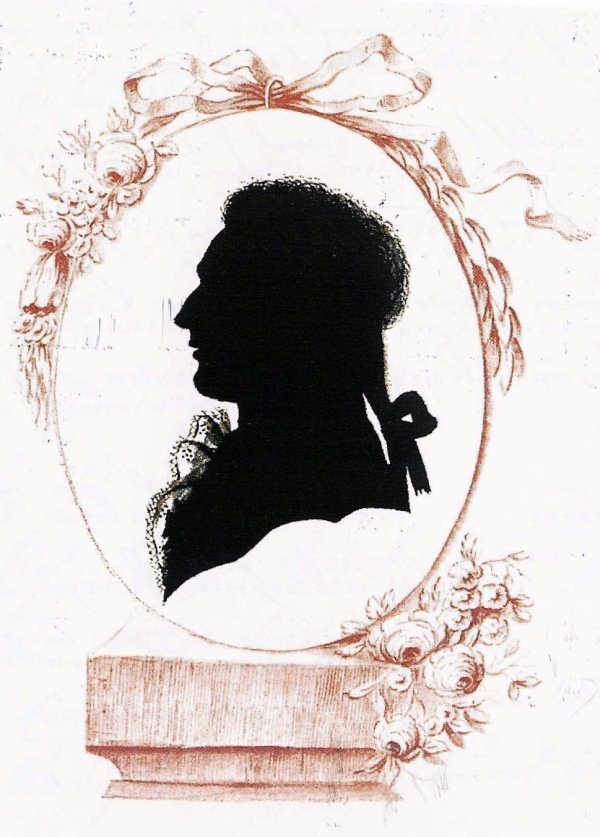
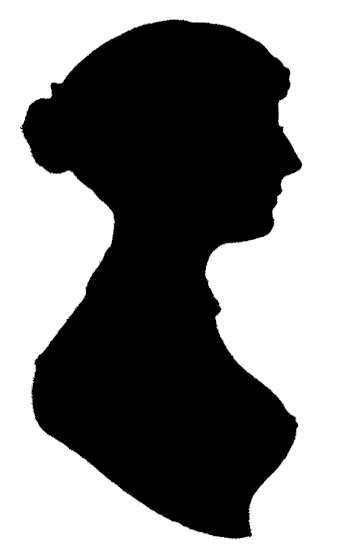
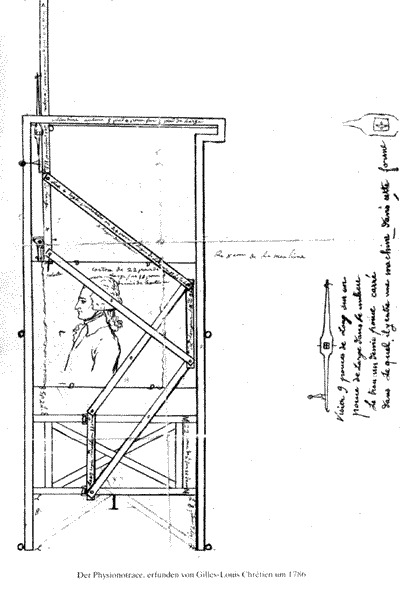
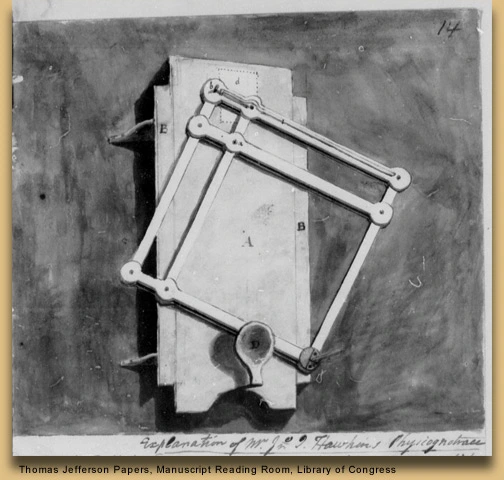

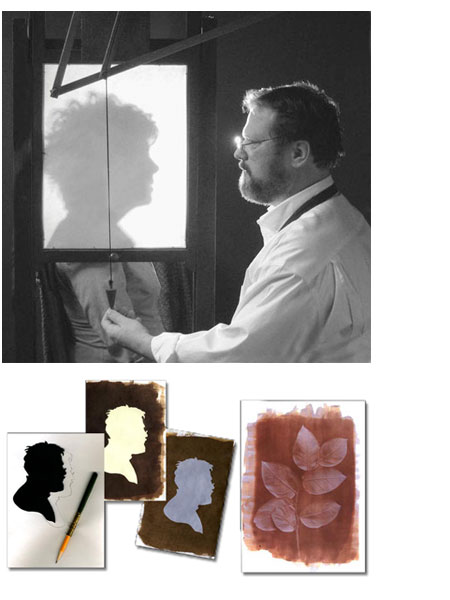

1 Comment
Jump to comment form | comment rss [?] | trackback uri [?]